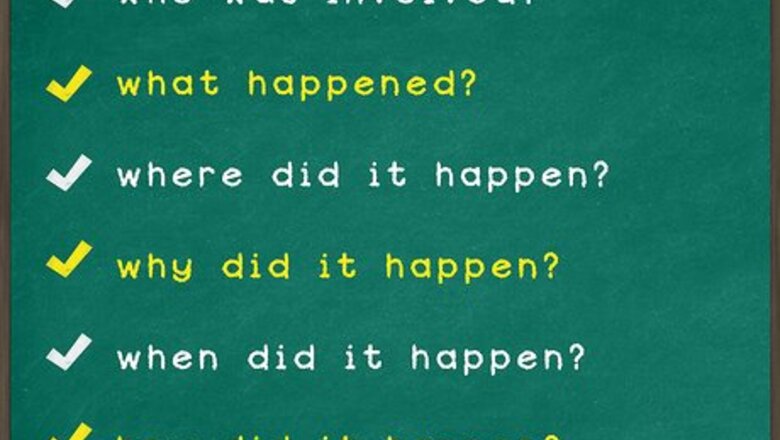
views
- Outline your article with all the facts and interview quotes you’ve gathered. Decide what your point of view on the topic is before you start writing.
- Your first sentence is the most important one—craft an attention-getter that clearly states the most important information.
- Proofread for accurate information, consistent style and tone, and proper formatting.
Planning Your Article
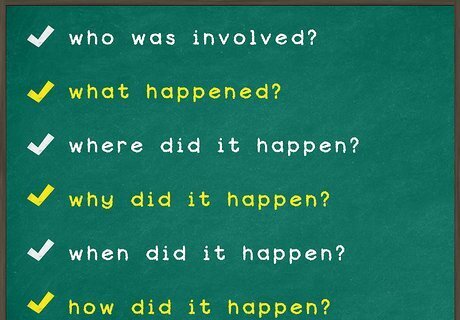
Research your topic. To begin writing a news article, you need to research the topic you will be writing about extensively. In order to have a credible, well written, well-structured article, you have to know the topic well. If you’ve ever written a research paper you understand the work that goes into learning about your topic. The first phase of writing a news article or editorial is pretty similar. Begin by asking yourself the “5 W’s” (sometimes “6 W’s”). Who - who was involved? What - what happened? Where - where did it happen? Why - why did it happen? When - when did it happen? How - how did it happen?

Compile all your facts. Once you can clearly answer the “5 W’s”, jot down a list of all the pertinent facts and information that needs to be included in the article. Organize your facts into three groups: 1) those that need to be included in the article. 2) those that are interesting but not vital. 3) those that are related but not important to the purpose of the article. This fact list will help prevent you from leaving out any relevant information about the topic or story, and will also help you write a clean, succinct article. Be as specific as possible when writing down all of these facts. You can always trim down unnecessary information later, but it’s easier to cut down than it is to have to beef up an article. It’s okay at this point to have holes in your information – if you don’t have a pertinent fact, write down the question and highlight it so you won’t forget to find it out Now that you have your facts, if your editor has not already assigned the type of article, decide what kind of article you’re writing. Ask yourself whether this is an opinion article, an unbiased and straightforward relaying of information, or something in between.

Create an article outline. Your outline, and subsequently your article, should be structured like an inverted triangle. The inverted triangle allows you to build your story so that the most important information is at the top. If you’ve ever heard the term “burying the lead”, that is in reference to the structure of your article. The “lead” is the first sentence of the article – the one you “lead” with. Not "burying the lead" simply means that you should not make your readers read several paragraphs before they get to the point of your article. Whatever forum you’re writing for, be it print or for the web, a lot of readers don’t make it to the end of the article. When writing a news article, you should focus on giving your readers what they want as soon as possible. Write above the fold. The fold comes from newspapers where there’s a crease because the page gets folded in half. If you look at a newspaper all the top stories are placed above the fold. The same goes for writing online. The virtual fold is the bottom of your screen before you have to scroll down. Put the best information at the top to engage your readers and encourage them to keep reading.

Know your audience. In order to write a great news article, you need to know exactly who you are writing for. Your audience will dictate the voice and tone of your article and help you to know what you should include. Ask yourself the “5 W's” again, but this time in relation to your audience. Questions like what is the average age you are writing for, where is this audience, local or national, why is this audience reading your article, and what does your audience want out of your article will inform you on how to write. Once you know who you are writing for you can format an outline that will get the best information to the right audience as quickly as possible.

Find an angle. Why is this article unique to you? What is your voice? These questions will help you to make your news article unique and something that only you could write. Even if you are covering a popular story or topic that others are writing about, look for an angle that will make this one yours. Do you have a personal experience that relates to your topic? Maybe you know someone who is an expert that you can interview.
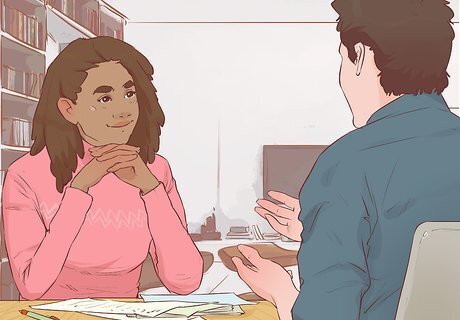
Interview people. When writing a news article, interviewing people and getting a firsthand source on your topic can be invaluable. And while reaching out to people and asking for an interview may seem daunting, it can greatly affect the credibility and authority of your article. People usually like to talk about personal experiences, especially if it will be featured somewhere, like your news article. Reach out through a phone call, email, or even social media and ask someone if you can interview them. When you do interview people you need to follow a few rules: identify yourself as a reporter. Keep an open mind. Stay objective. While you are encouraged to ask questions and listen to anecdotes, you are not there to judge. Record and write down important information from the interview, and be transparent with what you are doing and why you are doing this interview.
Writing Your News Article

Start with the lead. Begin with a strong leading sentence. News articles begin with a leading sentence that is meant to grab a reader's attention and interest them. This is one of the most important parts of the piece, so start with the good stuff when writing a news article. Remember the inverted triangle. Your lead should be one sentence and should simply, but completely, state the topic of the article. Remember when you had to write essays for school? Your lead is like your thesis statement. Let your readers know what your news article is about, why it’s important, and what the rest of the article will contain.

Give all the important details. The next important step to writing news articles is including all the relevant facts and details that relate to your lead statement. Include the basics of what happened, where and when it took place, who is involved and why it's newsworthy. These details are important, because they are the focal point of the article that fully informs the reader. If you are writing an opinion piece, this is where you will state what your opinion is as well.

Follow up main facts with additional information. After you've listed all the primary facts in your news article, include any additional information that might help the reader learn more, such as contact information, additional facts about the topic or people involved, or quotes from interviews. This additional information helps round out the article and can help you transition to new points as you move along. If you have an opinion, this is where you will identify the opposing views and the people who hold them. A good news article will outline facts and information. A great news article will allow readers to engage on an emotional level. To engage your readers, you should provide enough information that anyone reading your news article can make an informed opinion, even if it contrasts with yours. This also applies to a news article where you the author don’t state your opinion but present it as an unbiased piece of information. Your readers should still be able to learn enough about your topic to form an opinion.

Conclude your article. Congratulate your readers for sticking with you to the end by giving the reader something to take away, like potential solutions to the problem or challenges expressed in your article. Make sure your news article is complete and finished by giving it a good concluding sentence. This is often a restatement of the leading statement (thesis) or a statement indicating potential future developments relating to the article topic. Read other news articles for ideas on how to best accomplish this. Or, watch news stations or shows. See how a news anchor will wrap up a story and sign off, then try to emulate that.
Proofing Your Article

Check facts before publishing. Whether you’re writing a news article professionally or for a school assignment, your article isn’t complete until you’ve checked all your facts. Having incorrect facts will immediately discredit your article and could hinder you as a writer. Be sure to double check all the facts in your news article before you submit it, including names, dates, and contact information or addresses. Writing accurately is one of the best ways to establish yourself as a competent news article writer.

Ensure you have followed your outline and have been consistent with style. There are several styles of news articles and journalism from objective reporting to Gonzo (A style of journalism where the reporter describes the events in a subjective manner, usually through a first person narrative). If your news article is meant to convey direct facts, not the opinions of its writer, ensure you’ve kept your writing unbiased and objective. Avoid any language that is overly positive or negative or statements that could be construed as support or criticism. If your article is meant to be more in the style of interpretive journalism then check to make sure that you have given deep enough explanations of the larger story and offered multiple viewpoints throughout.

Follow the AP Style for formatting and citing sources. Journalists, and therefore news articles follow AP Style for sources and citations in most cases. The AP Style book is a journalist’s textbook and should be consulted for proper formatting. When quoting someone, write down exactly what was said inside quotations and immediately cite the reference with the person’s proper title. Formal titles should be capitalized and appear before a person’s name. Ex: “Mayor John Smith”. Always write out numbers one through nine, but use numerals for numbers 10 and up. When writing a news article, be sure to only include one space after a period, not two.
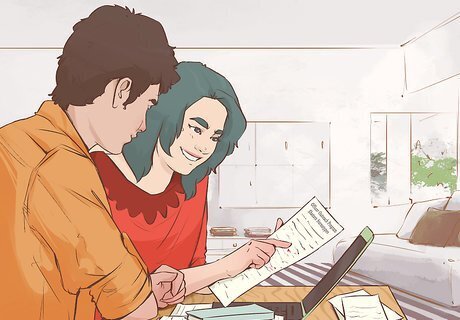
Have your editor read your article. Even if you have gone through your story several times and think that everything is squared away, you should let another pair of eyes take a look at it. In addition to finding any spelling or grammatical errors, your editor will be able to help you trim down certain sections and simplify awkward sentences. You shouldn’t submit any news article for publication without first letting someone take a look at it. An extra pair of eyes can double check your facts and the information to ensure that what you have written is accurate. If you are writing a news article for school or your own personal website, then have a friend take a look at it and give you notes. Sometimes you may get notes that you want to defend or don’t agree with it. But these should be listened to. Remember, with so many news articles getting published every minute you need to ensure that your widest possible audience can easily digest the information you have provided.
















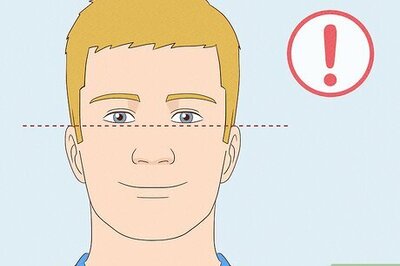
Comments
0 comment